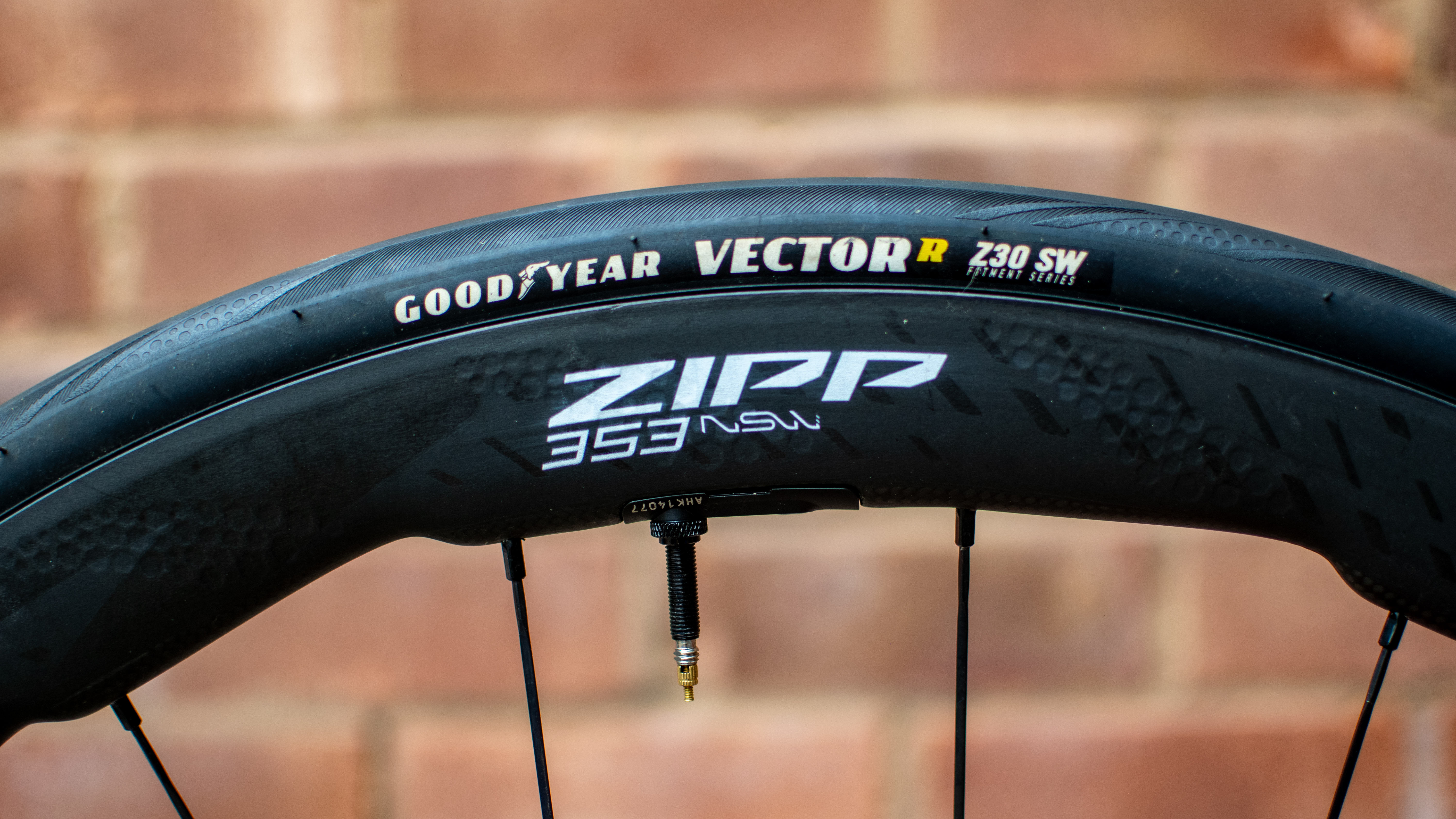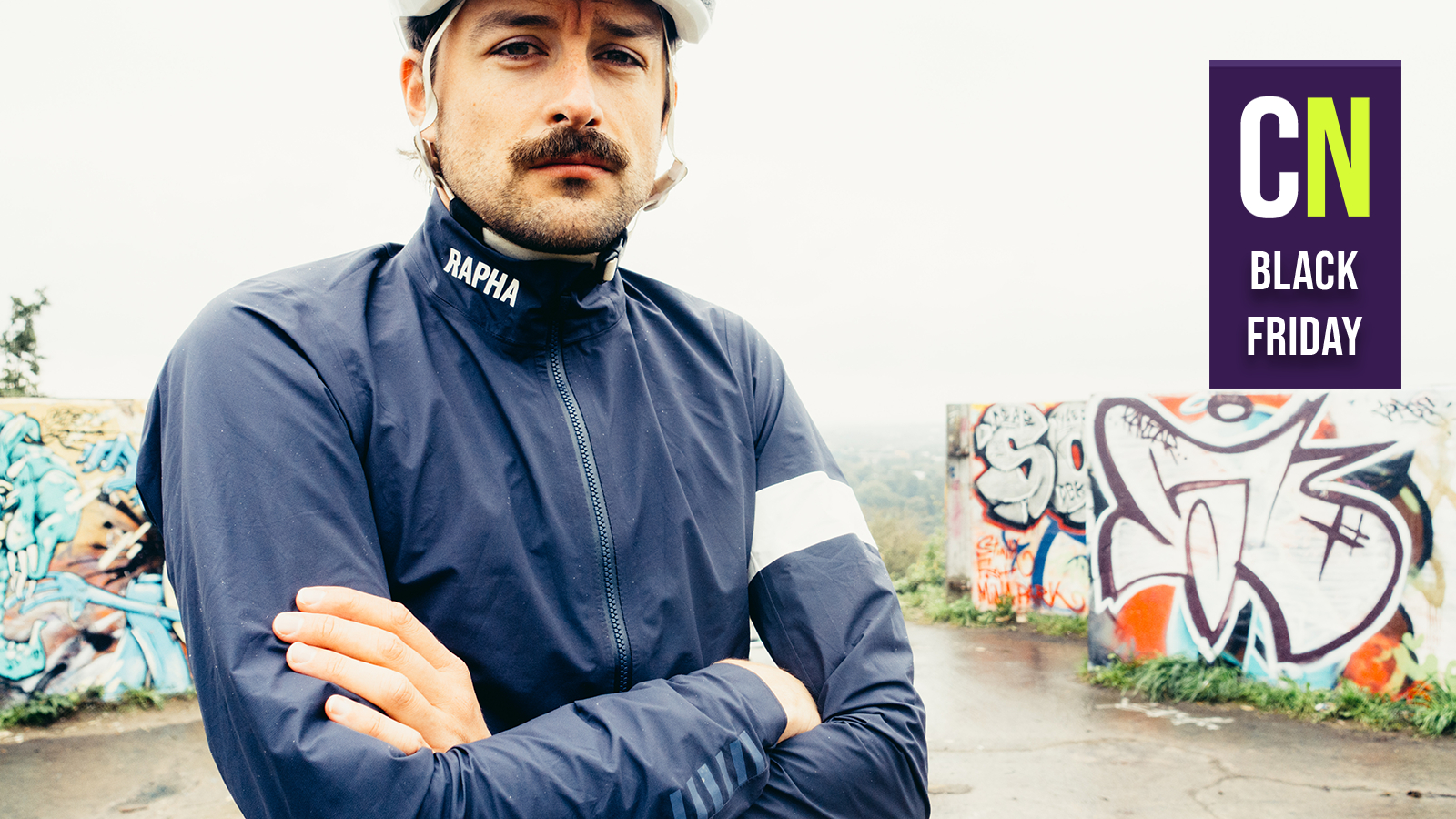Cyclingnews Verdict
The new Zipp 353 NSW wheels are excellent all-rounders that do very well across a range of terrains, even if they do look slightly uninspiring. The AXS pressure sensor isn't essential, despite it being especially useful in certain riding scenarios.
Pros
- +
Neat sensor integration and clever design
- +
May genuinely save mental energy in some situations
- +
A lightweight, solid all round wheelset
Cons
- -
One more thing with a battery, that needs pairing with, setting up, etc.
- -
Will be unnecessary for some riders
- -
Not compatible with every tyre
You can trust Cyclingnews
Zipp updated the 353 NSW wheelset in May this year, and the new wheels arrived with an integrated AXS tyre pressure sensor incorporated into the rim of the wheel.
This new tech builds on the TyreWiz aftermarket pressure monitoring system, which first launched back in 2018. This year, though, saw integration take another step forward for the road market. Especially after Tom Pidcock was spotted using the wheels at Omloop Het Nieuwsblad.
Price: £3,500 / $4,300 / €3,900 / AU$7,390
Measured weight: 1,312g inc. sensor and valves
Hookless: Yes
Depth: 35/40mm
Width: 25mm internal
Tyres: Tubeless only
The AXS pressure sensor allows riders to pair with it in the SRAM AXS app and link it to the best bike computers for real-time on-device pressure monitoring and testing.
The 353 wheelset itself has also received an update, despite the AXS sensor garnering much of the headlines at launch. It's still one of the best lightweight wheelsets at 1312 grams overall – this is with an XDR freehub body; I believe other options are a touch heavier.
The wheelset, which retails for £3,500 / $4,300 / €3,900 / AU$7,390, received an updated Zipp ZR1 SL hubset, a new carbon layup, a claimed increase in strength overall and a lowering of weight, in part I suspect to offset the additional AXS sensor weight penalty.
The hookless rims are optimised for 30mm+ tyres, and my test pair came with GoodYear Vector R SW tyres fitted in a 30c width.
I've been testing the wheels for the last few months and even rode the Marmotte sportive on them in France, climbing some of road cycling's most famous mountains as I put them to the test.
The latest race content, interviews, features, reviews and expert buying guides, direct to your inbox!
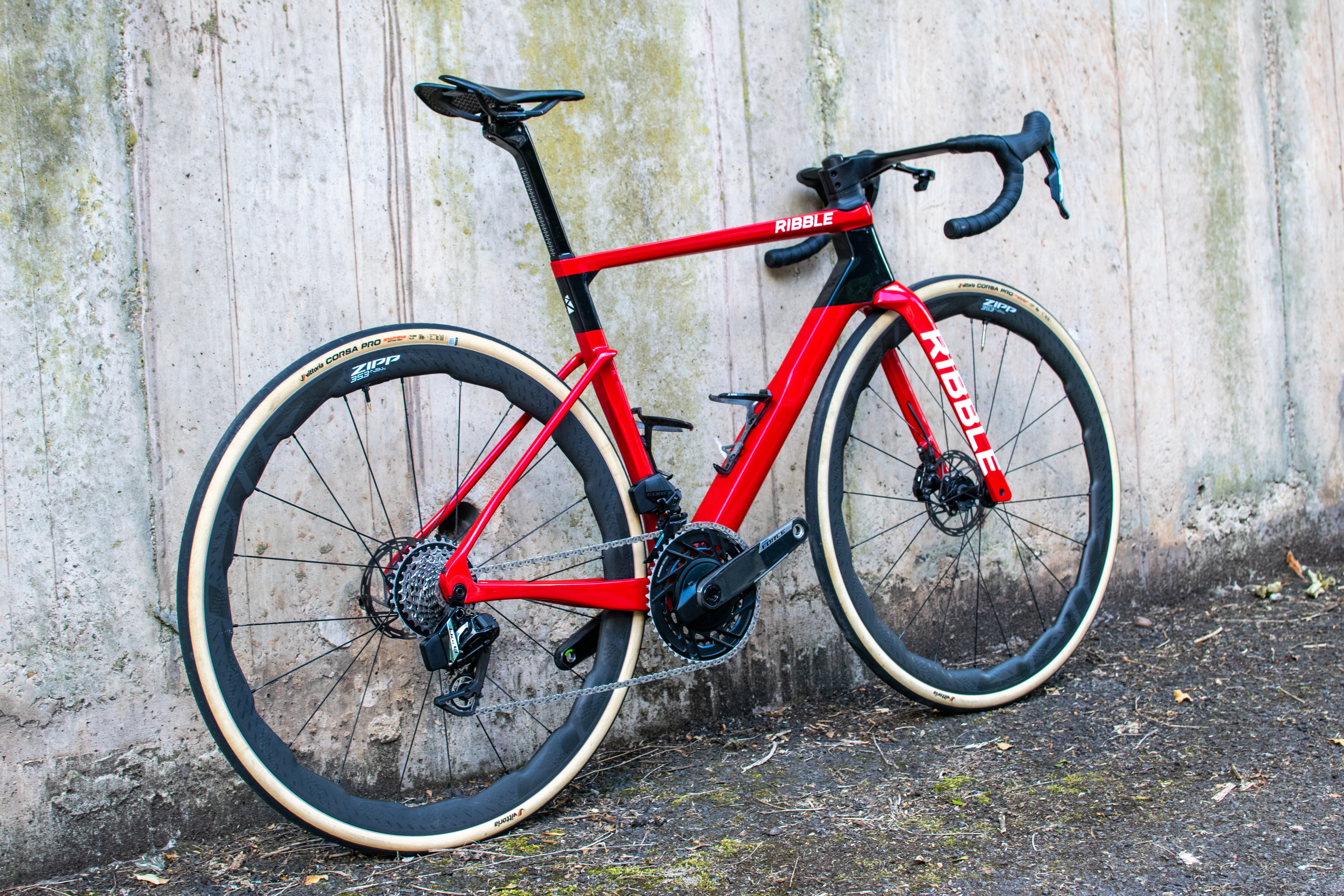
Design and Aesthetics
The DNA of the 353 NSW is still clearly there, and visually it looks very similar to its predecessor, which we reviewed in 2023, and praised for comfort the wheels brought to the table.
The wheels have the same sawtooth rim profile that has been present since 2021, rim aero dimpling, which Zipp calls the 'HexFin ABLC dimple pattern' in places, a 25mm internal rim width, and a hookless rim profile.
Some changes have taken place, however. Zipp claims the 353 rims feature a revised carbon fibre layup, which increases rim impact strength by 16%, or 10% for the lower-tier SW model.
There's also a new hubset. NSW top-tier wheels get the ZR1 SL hubset with ceramic bearings as standard. This has dropped some weight overall, and the 6-pawl hub is more user-friendly than the now-discontinued Zipp Cognition hubset of a few years ago.
There are still external spoke nipples and steel spokes as opposed to the carbon options that are in vogue right now on a variety of wheels, leading to some very low overall weights. Zipp has still achieved a competitive overall weight with standard spokes here and they will be less of a headache to replace if anything ever happens.
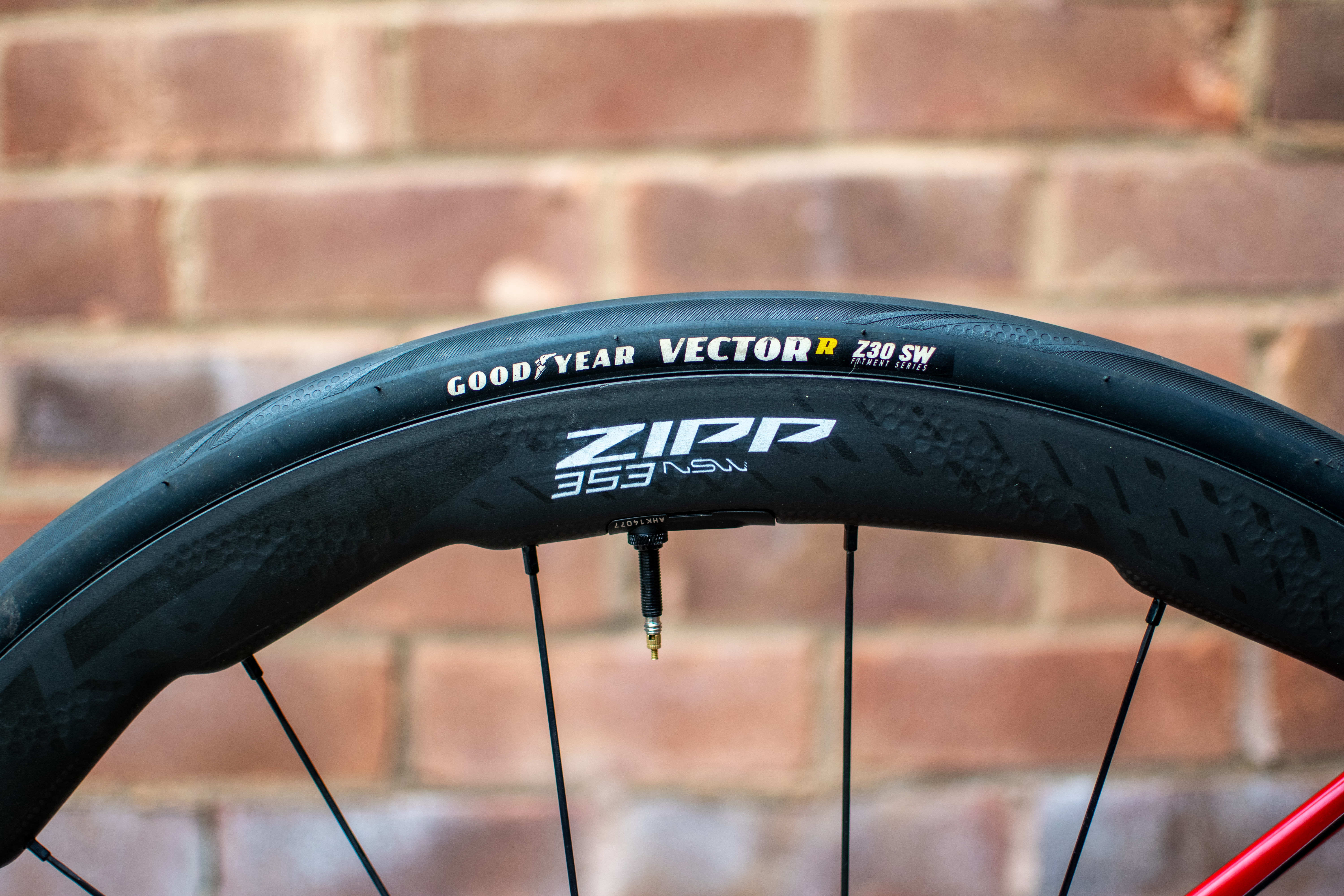

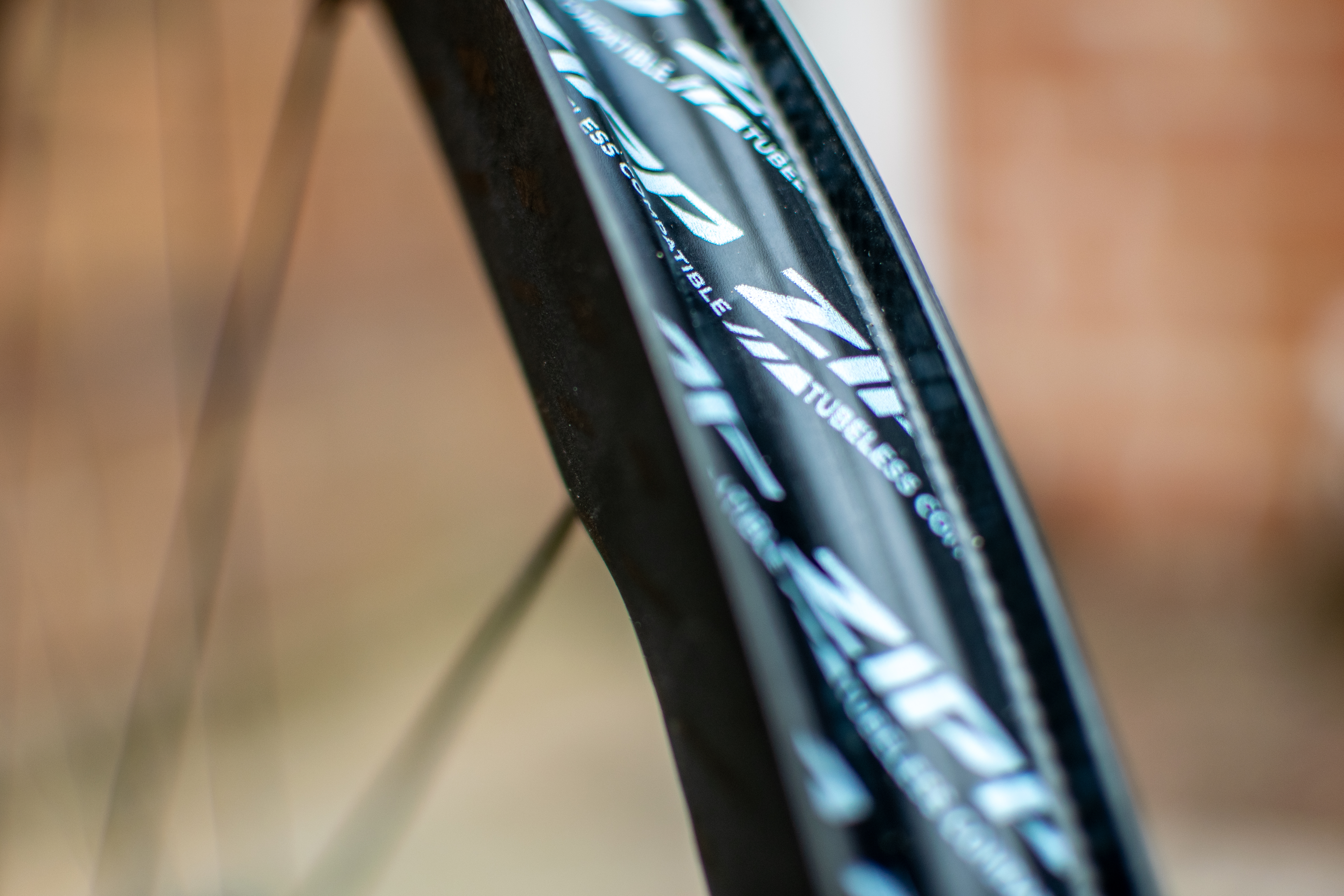
That brings us to the new star of the show, the integrated AXS pressure sensor, which is located in the rim, where a traditional valve hole would be.
The sensor, which is powered by a CR2032 coin cell battery, pushes into a rectangular hole in the rim and the proprietary Zipp AXS tubeless valve is then inserted through it. I understand the rim is pre-balanced by Zipp, so the weight of the sensor doesn't throw things out of whack.
It's of course also possible to run an inner tube, and Zipp has developed an AXS inner tube that still works with the pressure sensor, so you can check your pressures. A standard tube can be used, but you lose the ability to monitor pressure then.
Both tubeless valves and tubes use two small rubber O-rings on their shafts. The Zipp manual recommends lightly greasing these for installation / in use, and it will pay to be careful with them, take your time and don't force anything.
There's also a specific tubeless install syringe, which allows you to inject sealant down the tubeless valve so that the sensor isn't damaged. You can also just pour sealant into the tyre before seating to bypass the valve entirely.
There's a handy Zipp installation video, which is worth watching. There are some useful setup points, but overall, there's nothing to be intimidated by; the system is easy to work with and use.
Working with the system using the Zipp AXS app is easy, and the sensors will show up the same as any other SRAM component (SRAM owns Zipp). Shake the bike, click pair, input your bike, wheel and tyre data, and you can then set your desired target tyre pressures. Once these pressures are set and you can adjust them anytime. The LED light built into the sensor at the rim will display a flashing light sequence to tell you about your pressures when you come to ride.
A slow red flash indicates a pressure below your set range, a fast red flash indicates a too high pressure (generally unlikely, but not impossible), and a slow green flash tells you your pressure is within your set desired range.
This is one of the key proposed advantages of the system, you can use the LED light to learn whether your tyres are correctly inflated pre-ride, and potentially dispense with attaching your track pump, using a pressure gauge or guessing.
Most of us, depending on the system, will probably squeeze our tyres, attach a track pump and or even use a pressure gauge pre-ride to ensure our tyres are correctly inflated.
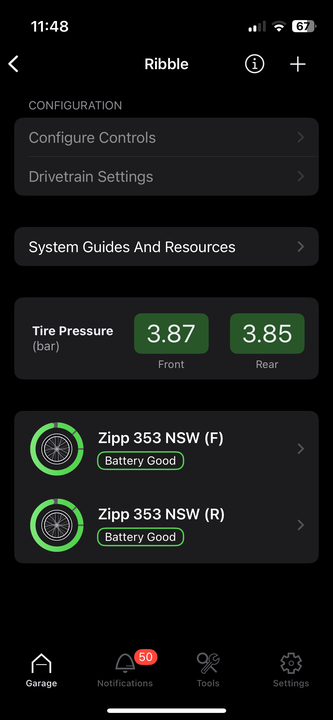
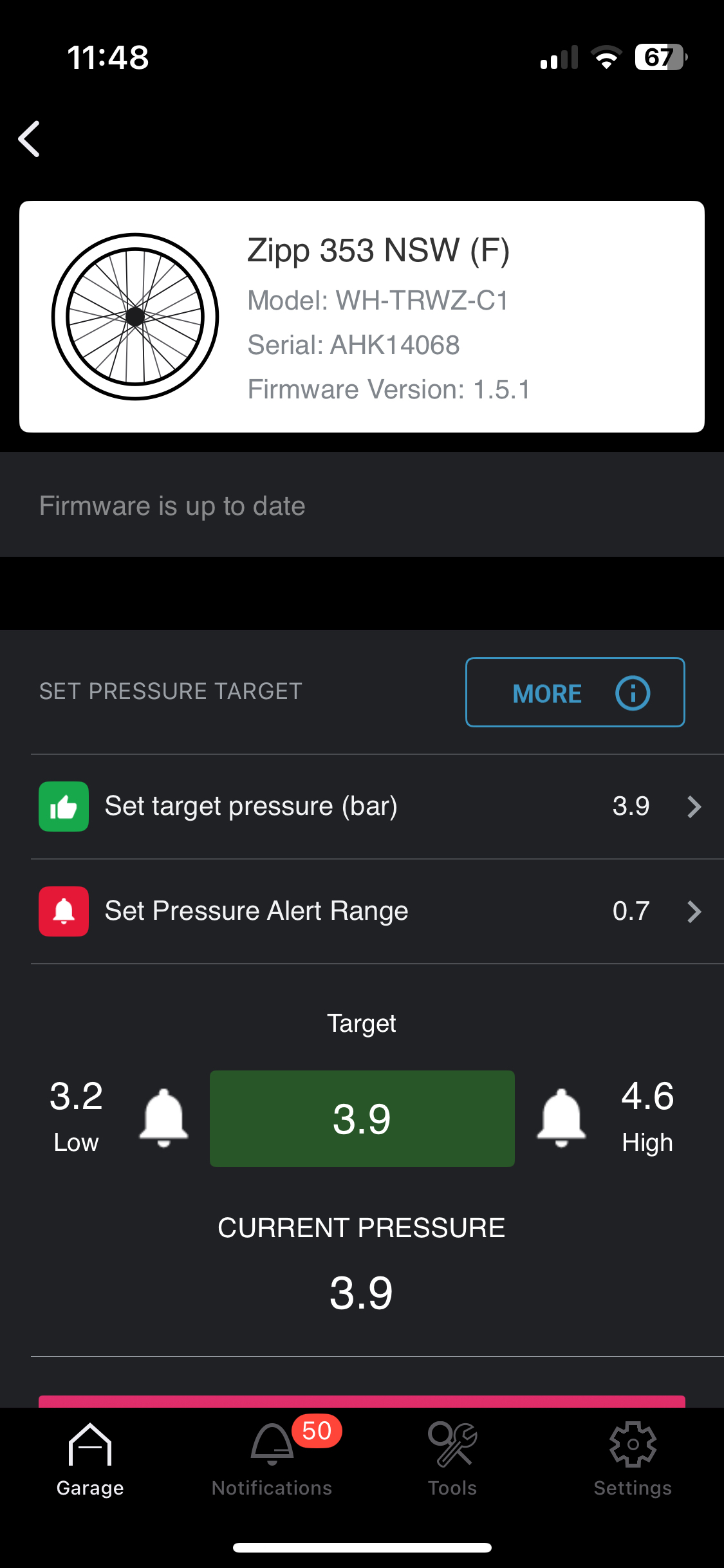
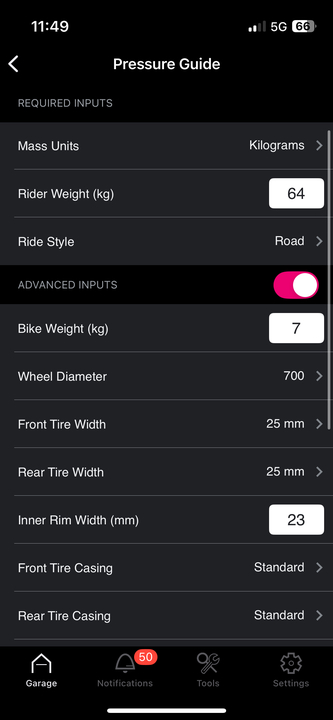
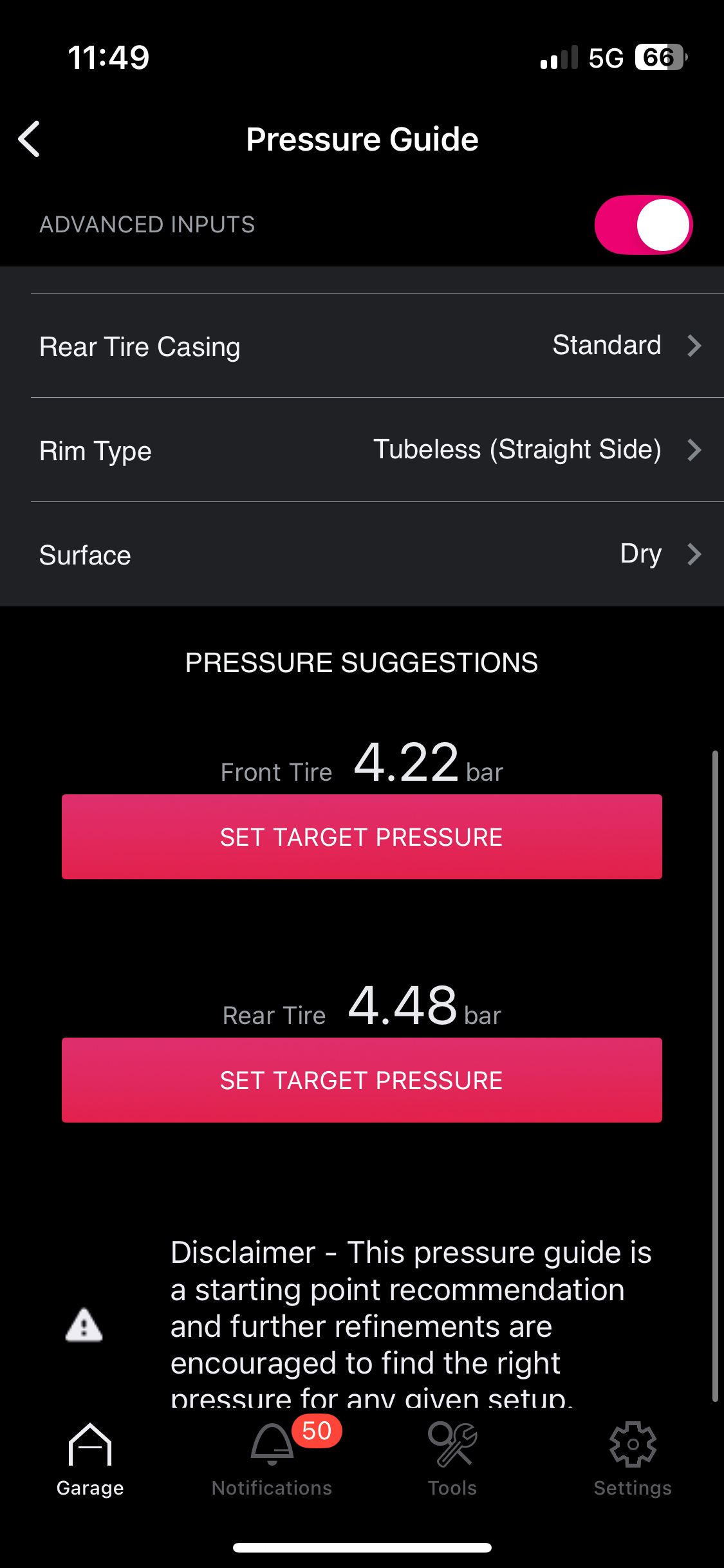
Performance
Before we get to the performance and user experience of the AXS pressure sensor, what about wheels themselves?
The 353NSW's are, in my experience, a very user-friendly wheelset. The rim shape and shallower depth mean handling and directional changes on the bike are very easy to execute, and there's none of the intimidating or serious feeling you sometimes get from hyper-stiff or deep wheelsets.
You could use these wheels for everything from mellow summer rides to racing and everything in between, and they would do it all without blinking. They are very easy to live with.
I rode the Marmotte with them as well as a lot of other riding at home, and had no issues climbing the Alpe D'Huez switchbacks on them or launching myself off the top of the Galibier in a bid to get myself down to a more comfortable altitude.
If you want a more exciting feeling, a super-fast wheelset with a real wow factor, you might want to look elsewhere, perhaps something like the Scope Artech wheels. But make no mistake, these are capable wheels that will handle anything you throw at them.
I have to mention the point on hookless; it's still a big topic of conversation for people. I haven't had a single cause for concern in my time with these wheels regarding the hookless rims. I've used them with the supplied Vector R tyres set up tubeless and with 32mm Vittoria Corsa Pro tyres with the Zipp AXS tubes and a standard butyl one.
There's a lot of structure in the Vector R sidewall and bead, and it seems that Zipp is developing the best possible tyre system to go with its hookless rims; it's a really firm, sturdy fit from the Vector Rs.
The Corsa Pros, however, are so light and flexible that I can see how there could be a greater risk of an issue in the event of a dramatic loss of pressure, often cited as a key risk when discussing hookless/tubeless for a tyre like that. Perhaps a tyre liner is a good way to go for all-around riding and more insurance with a light, thin tyre. Don't forget to consult the Zipp tyre compatibility chart for these wheels; you are limited to a certain range of verified tyres and sizes.
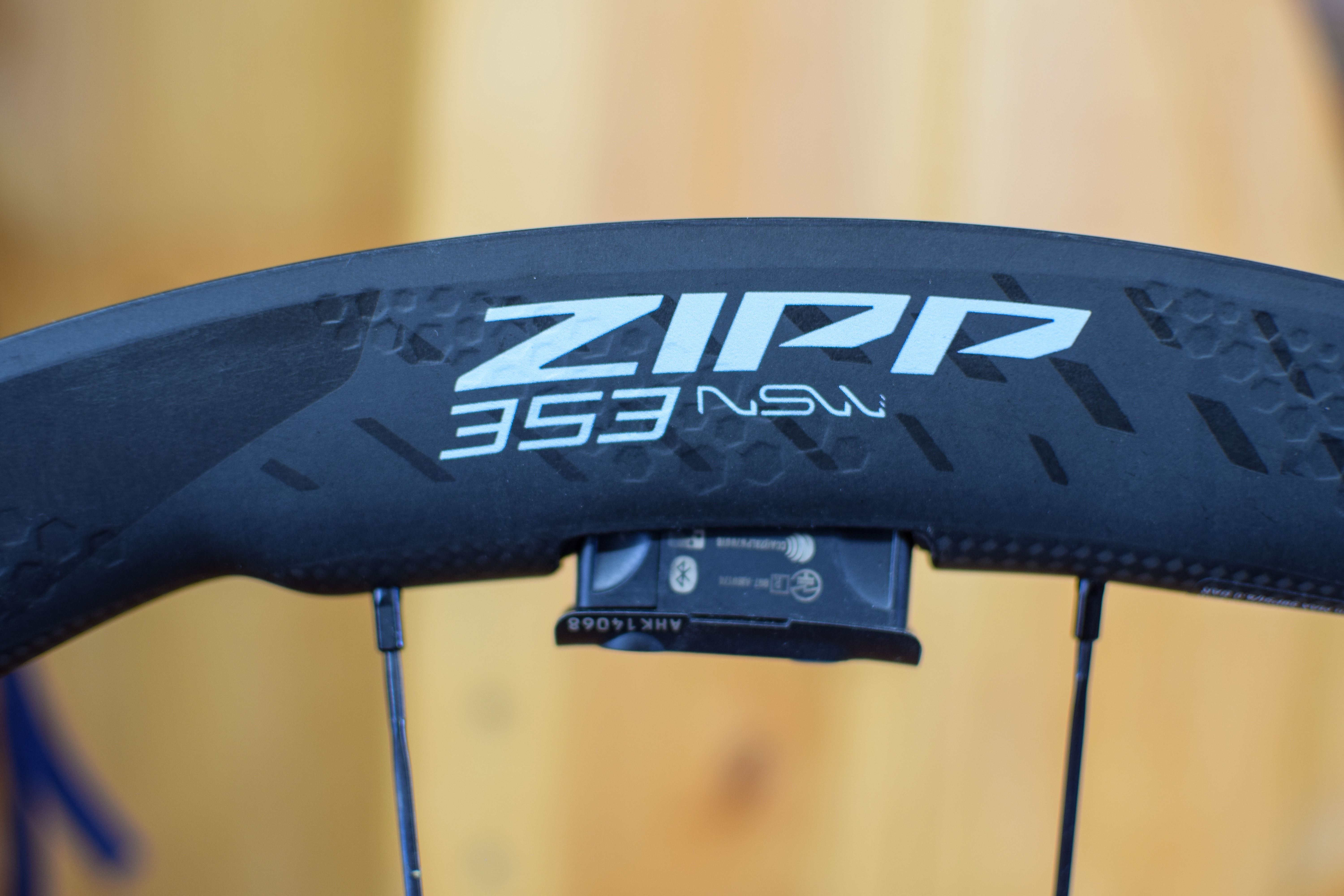
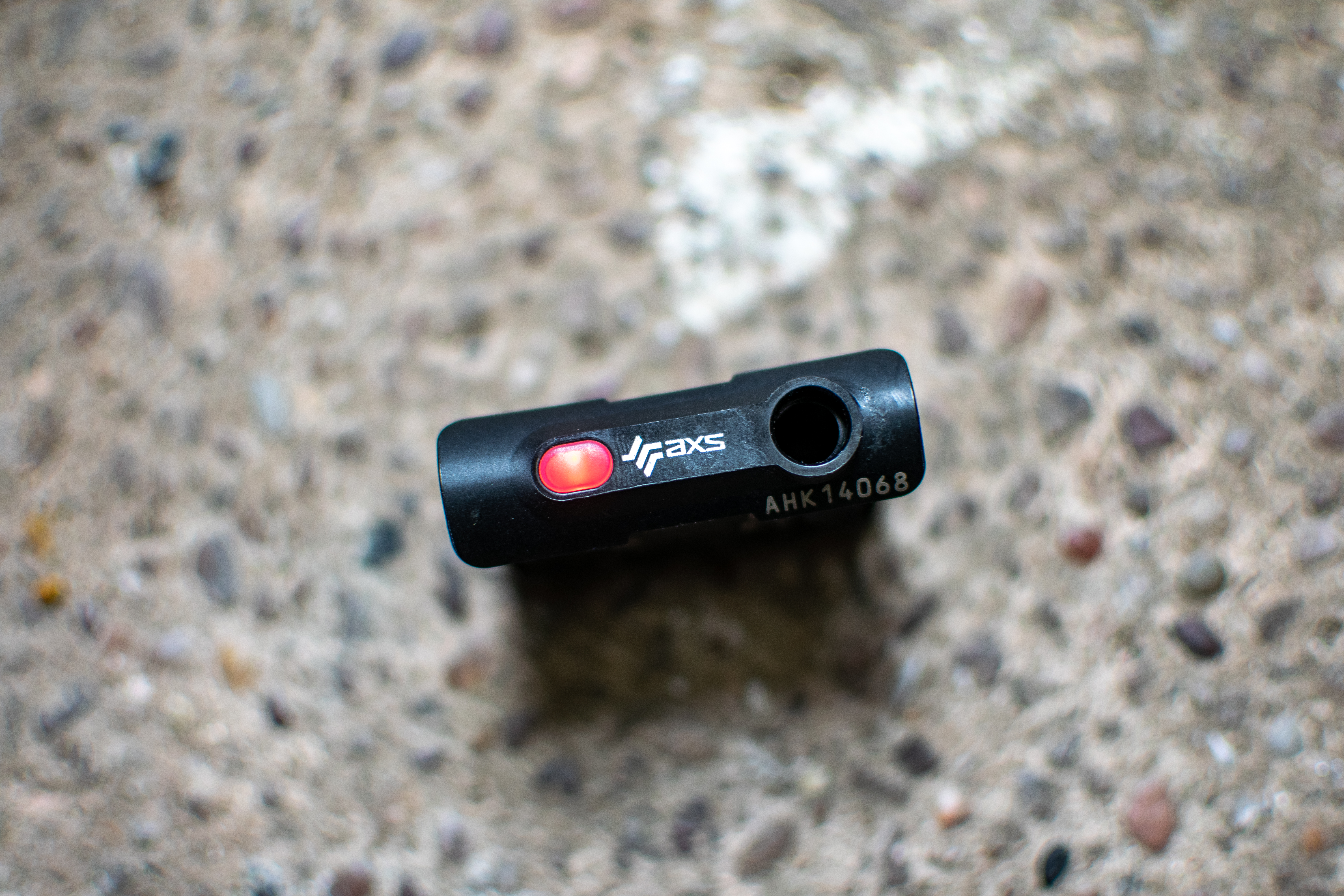
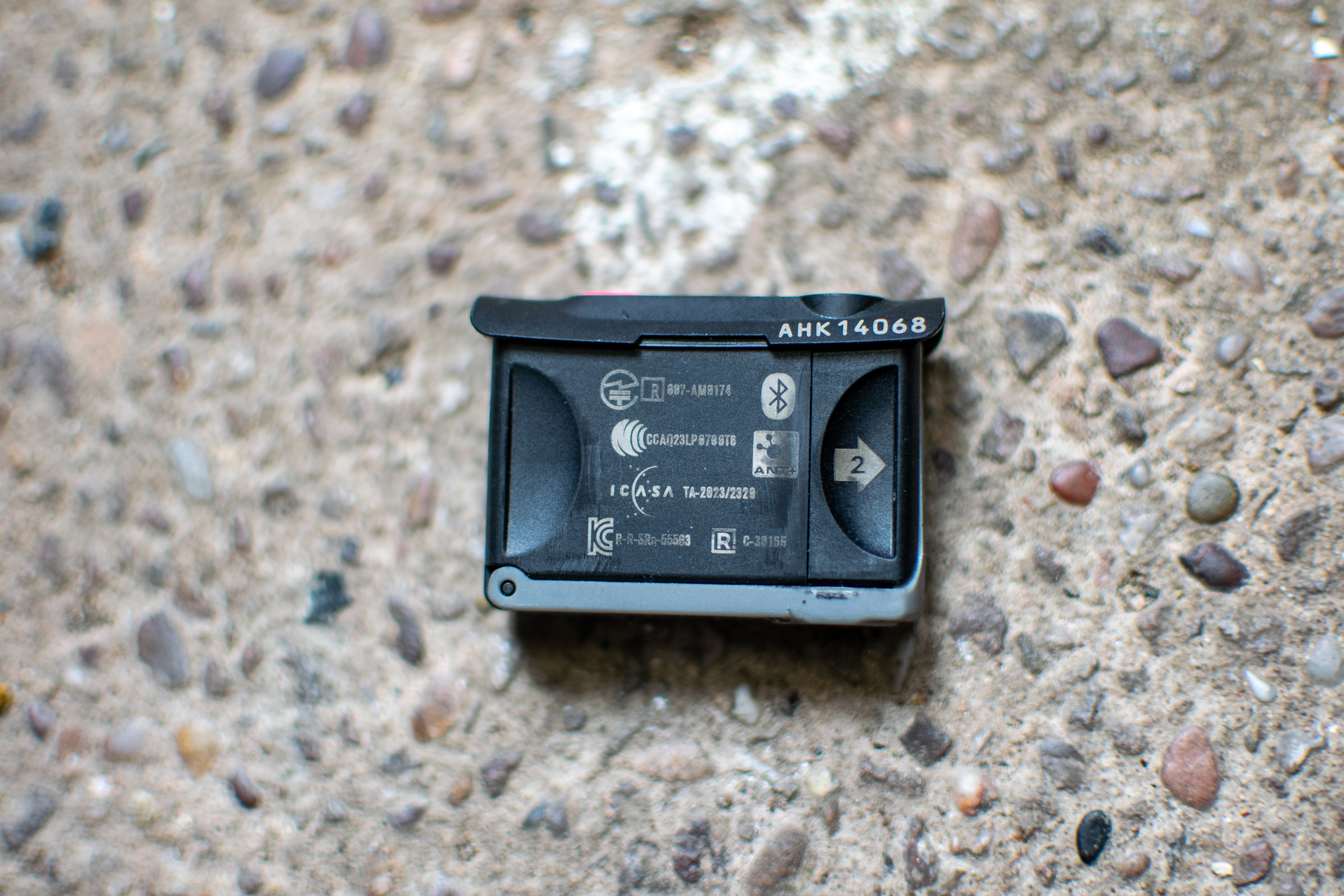
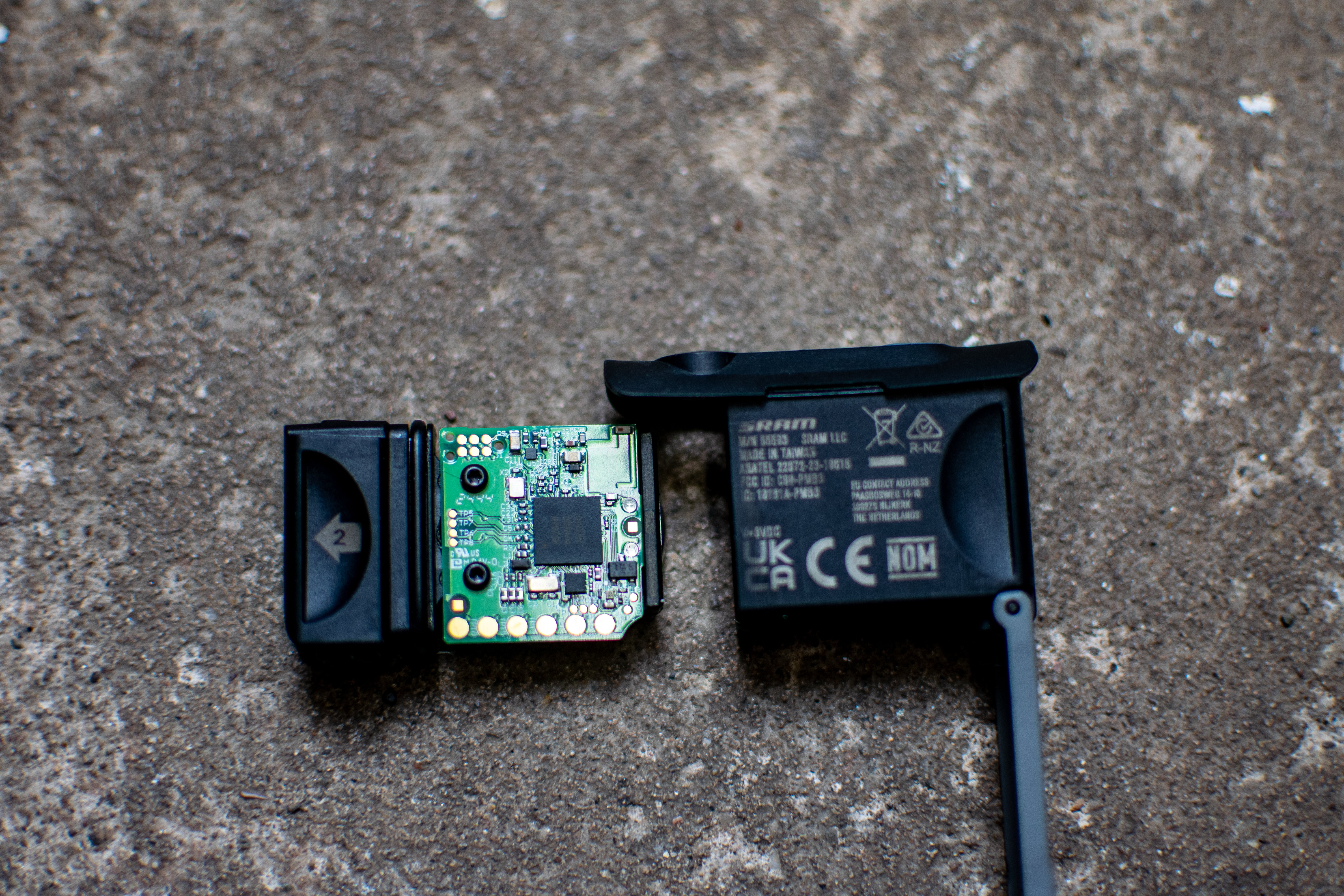
I like the way the Vector R SW tyres fit on the Zipp rims; they fit very well with a nice seamless transition between rim and tyre.
What I haven't been as keen on is the ride feel and lack of zip. In hand the tyres feel a little on the chunky and heavy side, and I found myself longing for a GP5000 or Corsa Pro on some hard, fast rides. I've also punctured on these tyres at two key moments on rides, and for someone who very rarely flats, it's a bit off-putting.
I will say that I have been riding with the Vector R Z30 SW tyres, because that's what the wheels came with; they are billed as an long-distance all-rounder; perhaps the Z30 NSW, optimised for the NSW wheels, would have felt a bit more exciting.
I punctured on my very first ride on the NSW wheelset; frustrating, but also a perfect real-world test for the system. My puncture was at the base of a climb on my local chain gang; the violent sealant spray covered me and the riders next to me. I lost 10 PSI, and the tyre then sealed and held pressure for the rest of the ride, and I could watch in real time on my Hammerhead Karoo screen that it was maintaining pressure.
What I liked was the mental worry it eliminated. That 'is my tyre holding' or 'do I back off on this descent' feeling isn't nice, and in a group or race costs energy. I could see on my computer screen that the front tyre pressure was staying constant, which made me relax. I've pulled the data from that ride from the Hammerhead dashboard and included it below. You can see the pressure drop, then level off. This was one clear advantage of the system for me; it took the guesswork and uncertainty away.
Another thing the sensor makes easier is tyre pressure testing to see what is most efficient out in the real world. The ability to see tyre pressure, watts and speed on a single page of your computer makes doing this easier, and I tried out three different runs on a local stretch of road whilst lowering pressures to see if there were any wattage gains.
I made the tests a little too hard for myself and there weren't any standout surprises, but it was a valuable insight into how testing for a certain key section in a race or event could be easily achieved.
This could be very useful for road racing and, in particular, gravel, but the wheels are not approved for gravel riding, so it's road only for now.
In use, I've tended to turn on my Hammerhead computer, check the tyre pressure on the screen and then adjust it if needed with a track pump, relying less on the LED lights. I've been inflating my tyres with a track pump before a ride for over two decades and it's a pretty ingrained habit. Most tubeless tyres are going to drop a few PSI in between rides, at least they do in my experience, so I know i'm going to be reaching for the pump regardless and have tended not to check the lights first.
The ability to test pressures outdoors and see everything on your computer screen is handy, but you could do the same with a pressure gauge, having it all on a screen does streamline things though, but it isn't an absolute essential. On the topic of gauges, the sensor reading has been consistently in line with my own digital pressure gauge readings.
Riding normally, I'm not glued to the numbers. I glance at them every so often, once my pressures are set for a regular road ride, but I'm more interested in cracking on with the ride not constantly checking them.

Value
This wheelset comes in at £3,500 / $4,300 / €3,900, including tubeless valves, tape and lockrings. I make it now to be the most expensive wheelset in the Zipp road range by a small margin, with the rear wheels costing around $50 more than the 454 and 858 NSW stablemates.
This theme continues, and the 353s cost more than some very good wheelsets right now. They are £500 more than the Roval Alpinist CLX II wheels and more than the Rapide Sprint CLX and Enve SES 3.4 wheels.
They comfortably cost more than any Hunt wheels and come in at the same price as our CN Labs aero wheelset test-winning Scope Artech 6.A and the similar depth Cadex Max 40.
This is a good all-around wheelset that does everything well, but I think there are more exciting, aerodynamic and desirable wheelsets out there.
The AXS pressure sensor and tech are going to really need to do it for you and make you want to invest; otherwise, there may be better buys out there at the moment.
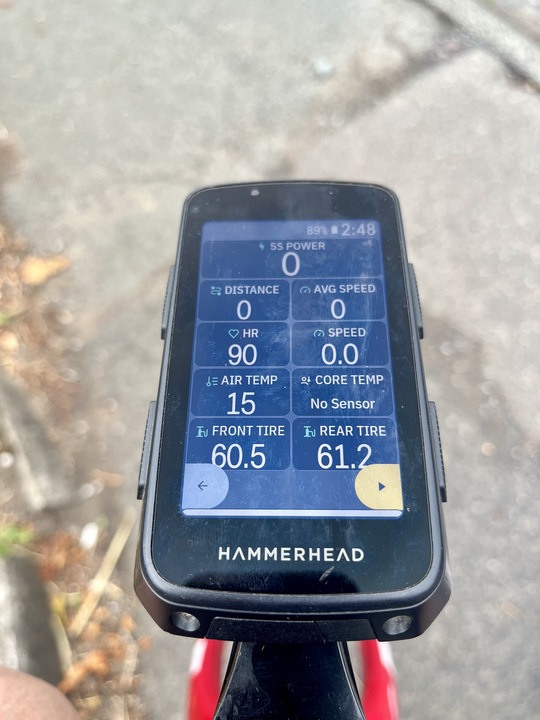
Verdict
I think being able to see tyre pressure in real time on my bike's computer screen is an amazing bit of tech. So much has changed in the last 10 years, and as I mentioned in my recent Continental Dubnital tyre review, I probably wouldn't have believed you if you had told me about this a decade ago.
As mentioned, the 353 NSW wheelset itself rides very well, but I also find them underwhelming visually and would maybe plump for the deeper 454 NSW wheels which Tom Pidcock and his Q36.5 team mates seem to use most of the time.
But what I've really been thinking about is the question: do we need this technology on a road bike and are we ready to embrace it?
To conclude, I don't think this tech is essential or a game changer right now. Surely a wheelset with the same integrated tech is on the way for gravel, where I can really see it being utilised by gravel racers in particular to explore the most effective tyre pressures off-road and monitor flats where it's maybe harder to feel due to the lower pressures.
I like the tech and integration, and the standout for me has been the elimination of that nervous worry from a tubeless flat, but aside from that I could take or leave the AXS tubeless sensor for road use. I think I'd spend my money on a wheelset that got my pulse racing a little bit more, and had one less battery change and wireless pairing for me to worry about.
Design and aesthetics | A proven rim design now improved, user friendly hubs and spokes also help. The sensor is easy to use but I find the wheels a bit boring visually. | 8/10 |
Performance | Very good across a range of terrains, comfortable and confidence inspiring. The AXS sensor has worked faultlessly | 9/10 |
Weight | 1312g is a very competitive weight, but some deeper wheels are now as light if not lighter | 8/10 |
Tubeless Compatibility | Hookless 25mm rims, have an approved list of tyres. The 'OE' Goodyear Vector tyre series designed for the wheels works very well. No issues in use. | 7/10 |
Value | Very expensive, they ride very well but I think at this price the AXS tech needs to really flick your switch | 7/10 |
Overall | Row 5 - Cell 1 | 78% |

Tom joined the Cyclingnews team in late 2022 as a tech writer. Despite having a degree in English Literature he has spent his entire working life in the cycling industry in one form or another. He has over 10 years of experience as a qualified mechanic, with the last five years before joining Cyclingnews being spent running an independent workshop. This means he is just as happy tinkering away in the garage as he is out on the road bike, and he isn’t afraid to pull a bike apart or get hands-on with it when testing to really see what it’s made of.
He has ridden and raced bikes from an early age up to a national level on the road and track, and has ridden and competed in most disciplines. He has a keen eye for pro-team tech and enjoys spotting new or interesting components in the wild. During his time at Cyclingnews, Tom has already interviewed some of the sport's biggest names including Mathieu van der Poel, Tadej Pogačar and Alberto Contador. He's also covered various launches from brands such as Pinarello, Ridley, Specialized and more, tackled the Roubaix Challenge sportive aboard his own rim-brake Cannondale SuperSix Evo, tested over 20 aero helmets in the wind tunnel, and has created helpful in-depth buying advice relating to countless categories from torque wrenches to winter clothing.
You must confirm your public display name before commenting
Please logout and then login again, you will then be prompted to enter your display name.
